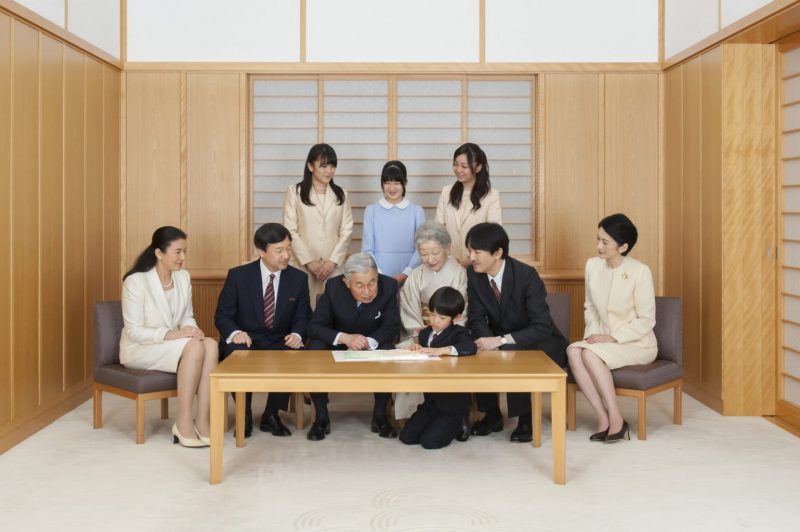The imperial system in Japan can be traced back almost 2,000 years and is very different from any other king-and-queen system anywhere else in the world. The first-born son of the current emperor is always the next-in-line to the throne. Among the many duties of the emperor, the most important is to set an example to the nation and to stand as a role model for all Japanese.
The abdication of the present emperor is the first in recent history. After the current emperor abdicates on April 30, his son will become the new emperor after the enthronement ceremony on May 1. The enthronement ceremony consists of three parts.
Part 1 – Presentation of the Imperial Sacred Treasures
The new emperor will receive boxes containing two of the three sacred treasures, a replica sword and comma-shaped stone beads. These treasures are similar to a crown, a symbol of other royal families. These family treasures are said to have given by the Sun Goddess to her grandson when he first descended to earth and became the founder of the imperial dynasty.
The most important of these three treasures is a sacred mirror which is enshrined in Ise Grand Shrine as the embodiment of the Sun Goddess. It is permanently housed in the shrine so it is not presented to the emperor for the enthronement ceremony. Imperial messengers and priests are sent to this shrine to inform of the new emperor’s accession.
At the upcoming enthronement ceremony, the retired emperor will personally hand over the sacred objects to his successor.
Part 2 – Enthronement Ritual
Next, the enthronement ritual will be held. When Emperor Akihito was enthroned in Tokyo in 1990, only part of the ritual was covered on television. In the ritual, the new emperor ritually informs his ancestors that he is ascending to the throne. Then the enthronement takes place on a throne called the Takamikura, which contains a great square pedestal upholding three octagonal pedestals and surmounted by a golden phoenix. The empress’ smaller throne is placed next to the emperor’s.
The new emperor proceeds to the throne, where after being seated, the sacred sword and sacred beads are placed on stands next to him. A simple wooden scepter will also be presented to the emperor, who faces the prime minister, who represents the Japanese people. The emperor then offers an address announcing his accession to the throne.
Part 3 – Daijo-sai or Great Thanksgiving Festival
The third and most important ritual is the Daijo-sai or the Great Thanksgiving Festival, which is held in November. It is the most controversial of the inauguration rituals because it is the one in which the emperor is united to the sun-goddess to share in her divinity. The ceremony is not mentioned in the Constitution imposed by the American occupation forces and its present constitutionality was questioned at the time of the accession of the present emperor.





